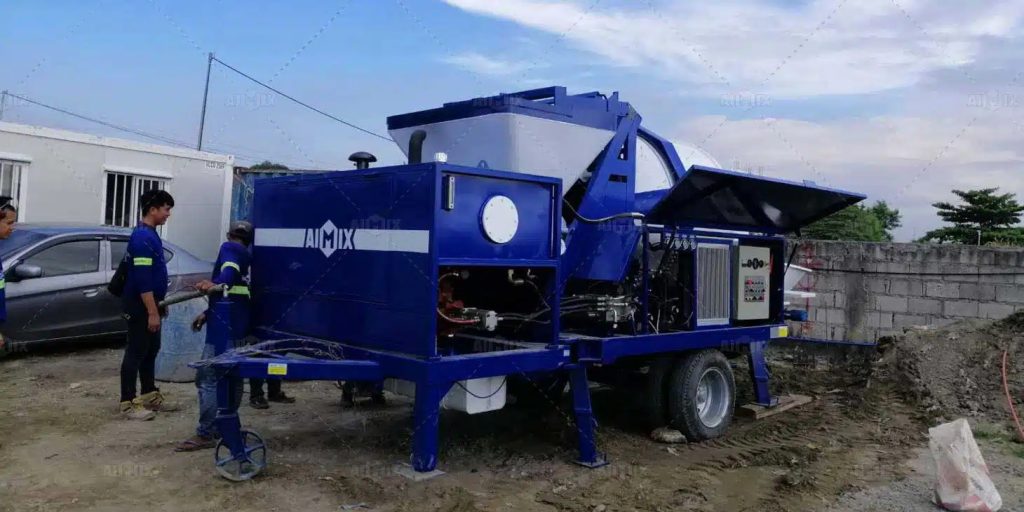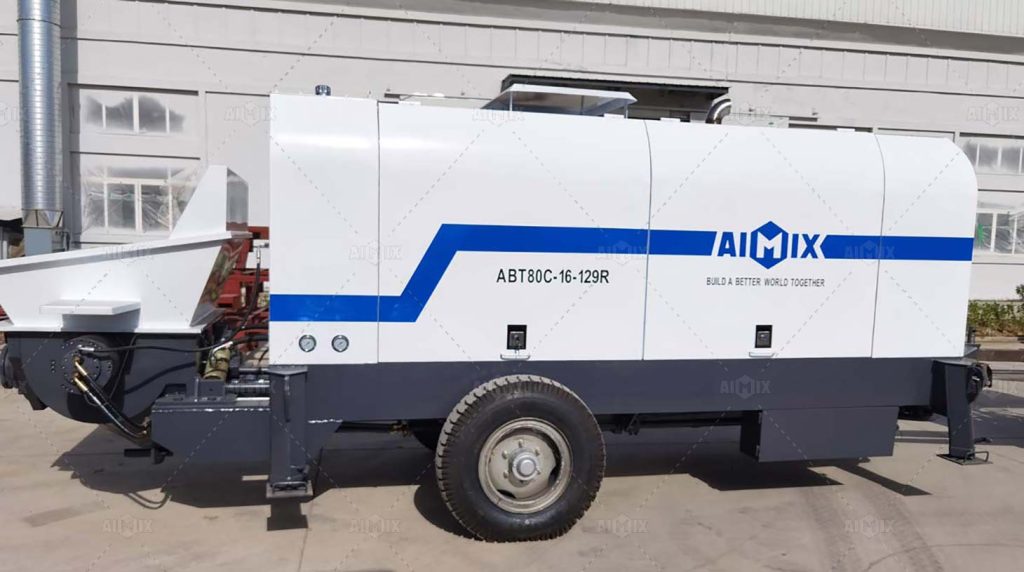Concrete pumps play a crucial role in modern construction projects, facilitating the efficient placement of concrete in various structures. However, like any mechanical system, they are susceptible to failures or malfunctions. Knowing how to swiftly and effectively address these issues is essential to minimizing downtime and ensuring project timelines are met.
Understanding the common causes of concrete pump failures and having a proactive approach to troubleshooting can significantly impact project success. In this article, we explore strategies for quickly and efficiently handling concrete pump failures in construction.
Identifying Common Concrete Pump Failures
Concrete pump failures can arise from various factors, ranging from mechanical issues to operator error. Understanding the common types of concrete portable pump failures can help construction teams diagnose problems accurately and expedite the resolution process.

Mechanical Failures
Mechanical failures encompass issues such as pump component wear, hydraulic system malfunctions, and electrical faults. These failures can occur due to prolonged usage, lack of maintenance, or manufacturing defects. Identifying specific symptoms, such as abnormal noise, fluid leaks, or erratic pump behavior, can help pinpoint the underlying mechanical issue.
Blockages and Pipe Congestion
Blockages and pipe congestion are common occurrences in concrete pumping operations, particularly when pumping dense or viscous mixes. These obstructions can result from material buildup, foreign objects, or improper pipe alignment. Detecting signs of reduced flow or pressure, such as slow pump operation or sudden pressure spikes, can indicate a blockage within the system.
Effective Strategies for Handling Concrete Pump Failures
When faced with a concrete pump failure on a construction site, prompt and efficient action is paramount to minimize delays and mitigate potential damage. Implementing proactive strategies for handling failures can help construction teams address issues swiftly and resume operations without significant disruption. View useful guides: https://aimixconcretesolution.com/trailer-concrete-pump/.
Establishing a Comprehensive Maintenance Program
A proactive approach to maintenance is essential for preventing concrete pump failures and ensuring equipment reliability. Implementing a comprehensive maintenance program involves regular inspections, lubrication schedules, and component replacements as recommended by the manufacturer. By adhering to a structured maintenance regimen, construction teams can identify potential issues early and address them before they escalate into major failures.

Utilizing Diagnostic Tools and Monitoring Systems
Diagnostic tools and monitoring systems can provide valuable insights into the health and performance of concrete pumps. Implementing onboard diagnostics or remote monitoring solutions enables real-time monitoring of key parameters such as pump pressure, flow rate, and temperature. By detecting abnormalities or deviations from normal operating conditions, construction teams can proactively address potential issues before they result in equipment downtime or failure.
Implementing Emergency Response Protocols
Despite preventive measures, unforeseen failures may still occur during concrete pumping operations. Establishing clear emergency response protocols ensures that construction teams can respond swiftly and effectively to mitigate the impact of small concrete pump equipment failures. These protocols should include procedures for isolating the affected equipment, notifying relevant personnel, and implementing contingency plans to maintain project continuity.
Training and Empowering Personnel
Training personnel in proper equipment operation and troubleshooting techniques is essential for handling concrete pump failures effectively. Providing comprehensive training programs equips operators with the knowledge and skills to identify, diagnose, and address common pump failures in a timely manner. Additionally, empowering personnel to make informed decisions and take decisive action during emergency situations enhances overall project resilience and efficiency.
In conclusion, addressing concrete pump failures promptly and efficiently is crucial for maintaining construction project timelines and minimizing costly delays. By understanding the common causes of pump failures and implementing proactive strategies for diagnosis and resolution, construction teams can mitigate the impact of equipment malfunctions and ensure project success. Effective maintenance practices, diagnostic tools, emergency response protocols, and personnel training are essential components of a comprehensive approach to handling concrete mixer machine with pump failures in construction.